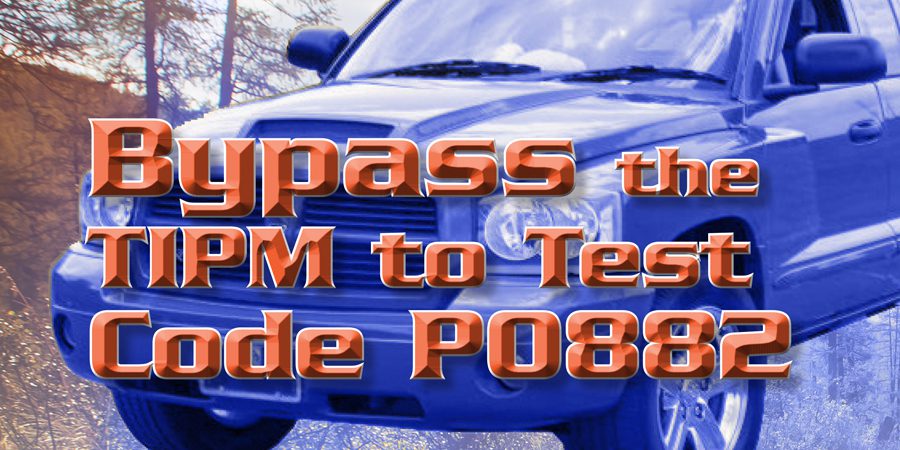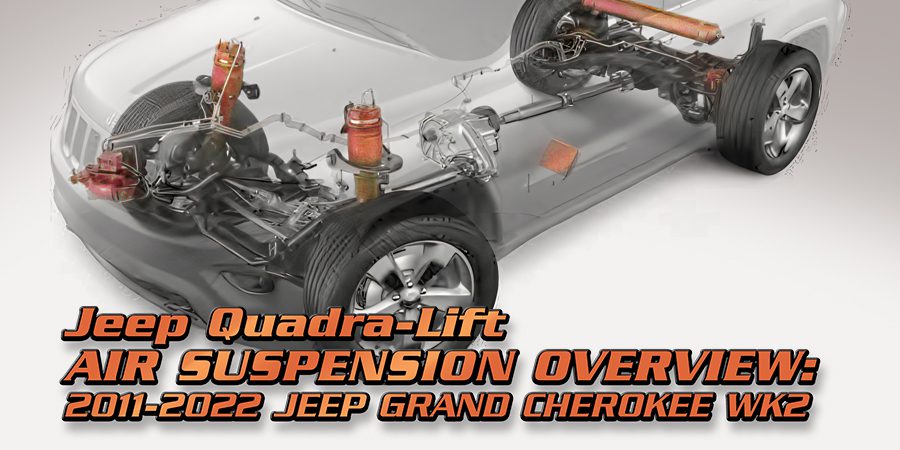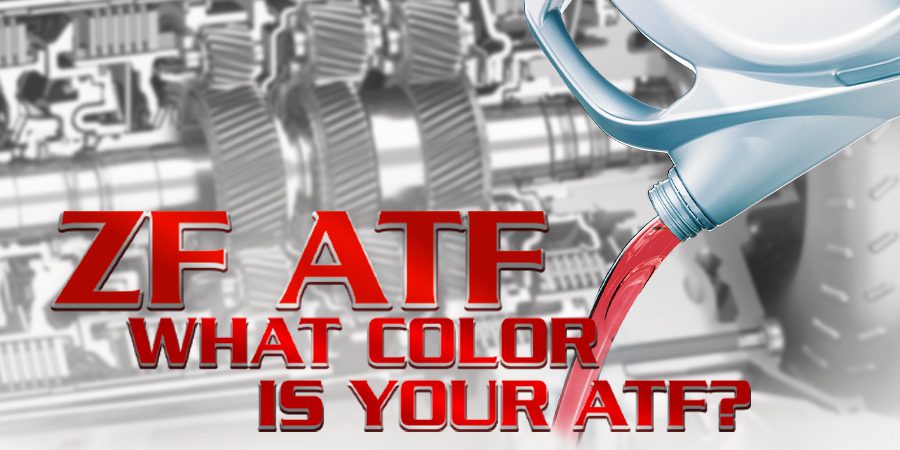Computers use integrated circuits (IC) to control vehicle system components such as motors, lights, relays, and solenoids. The IC components that control output devices (Solenoids, Relays, Lights, and Motors) are typically known as “Drivers”. Components can be controlled using drivers located on:
- The power side or high side of the circuit. (High Side Driver)
- The ground or low side of the circuit. (Low side Driver)
- Both sides of the circuit. (Low and High Side Driven)
 The driver circuit in our example is controlling the ground for the solenoid. When the controller applies ground, current will flow through the solenoid and circuit. The current flow will stop if the ground is released, eliminating the solenoid magnetic field. The controller calculates the circuit current flow by monitoring voltage drop across a resistor within the driver. In many applications, if the current flow is excessive, the controller will protect the driver circuit by controlling the quality of the ground connection through the driver (Figures 1 and 2).
The driver circuit in our example is controlling the ground for the solenoid. When the controller applies ground, current will flow through the solenoid and circuit. The current flow will stop if the ground is released, eliminating the solenoid magnetic field. The controller calculates the circuit current flow by monitoring voltage drop across a resistor within the driver. In many applications, if the current flow is excessive, the controller will protect the driver circuit by controlling the quality of the ground connection through the driver (Figures 1 and 2).
The chips that contain the drivers, typically utilize some form of field effect transistor to control the circuit operation. Multiple types of FETs are available, but they all operate similarly. In the example shown, the gate is used to control the current flow through the circuit. As voltage is applied to the gate, the gate channel will reduce the current flow between the source and drain.  As voltage is reduced, the gate channel will increase the current flow between the source and drain. Output current is, therefore, proportional to the voltage applied to the gate. Effectively, this is like opening and closing a door to control the number of people allowed to flow through the door. The further the door is open, the more people flow through the door. The closer the door is to being closed, the fewer people flow through the door. No one is allowed through the door when the door is fully closed (Figure 3).
As voltage is reduced, the gate channel will increase the current flow between the source and drain. Output current is, therefore, proportional to the voltage applied to the gate. Effectively, this is like opening and closing a door to control the number of people allowed to flow through the door. The further the door is open, the more people flow through the door. The closer the door is to being closed, the fewer people flow through the door. No one is allowed through the door when the door is fully closed (Figure 3).
Many solenoids, relays, lights, and motors have DTCs associated with circuit electrical issues. This is accomplished by a feedback circuit that is built into the driver. The feedback circuit functions as a “built-in voltmeter” for the controller. When the driver circuit is open (No ground is applied to a low-side driver circuit), the feedback voltage will equal the source voltage (In our example, battery voltage).  When the driver circuit is energized (Ground applied on a low-side driver circuit), the feedback voltage will be low (Typically less than .7 volts for an ON/OFF design component). The controller logic monitors the feedback voltage and compares it to what it should be for the commanded driver position (On or OFF). A DTC will result if the feedback voltage fails to match the commanded voltage. Examples include:
When the driver circuit is energized (Ground applied on a low-side driver circuit), the feedback voltage will be low (Typically less than .7 volts for an ON/OFF design component). The controller logic monitors the feedback voltage and compares it to what it should be for the commanded driver position (On or OFF). A DTC will result if the feedback voltage fails to match the commanded voltage. Examples include:
- Unprotected drivers, no feedback circuits. In these applications, if high current flow in the circuit occurs, the component (Solenoid, Motor, Relay, Light) will stop operating. If the issue is located and corrected, the controller will fail to operate the circuit, which means the controller will require replacement. With this design, the circuit issue must be addressed, or the replacement controller will be damaged. No DTCs will be set with this design, no matter the type of failure.
- Protected drivers, no feedback circuit. With this design, the controller will not be damaged due to the excessive current flow.
 The component may simply stop working or working correctly until the condition is corrected. No DTCs will be set with this design, no matter the type of failure.
The component may simply stop working or working correctly until the condition is corrected. No DTCs will be set with this design, no matter the type of failure. - Protected drivers with a feedback circuit. With this design, the controller will not be damaged due to the excessive current flow. The component may simply stop working until the condition is corrected. DTCs will be set based on the circuit’s electrical failure.
Most computers used today can limit the current flow through the driver (IC) to protect the computer if a short to power or a shorted component condition is present. The technology will typically prevent the computer from being damaged, and the system will operate as designed once the short circuit is eliminated. Some applications will set DTCs when a fault is present, while others will not.
 Most computers use IC circuits which are comprised of a series of transistors, diodes, and field effect transistors (FET). While there are various types of FETs, all operate similarly (Figures 4 and 5).
Most computers use IC circuits which are comprised of a series of transistors, diodes, and field effect transistors (FET). While there are various types of FETs, all operate similarly (Figures 4 and 5).
Like other electrical system components, your most valuable tools are your scan tool and your digital voltmeter. Typically, the scan tool will provide you with the feedback circuit’s status and data regarding the driver’s commanded position (Solenoid, Relay, Motor or Light) controlling the circuit.
So, the next time you get an electrical-related DTC for an output component, remember how the driver systems in your computer operate, as it may help you narrow down the cause of your concern. Until next time, remember “It’s still magic even if you know how it’s done.”


















